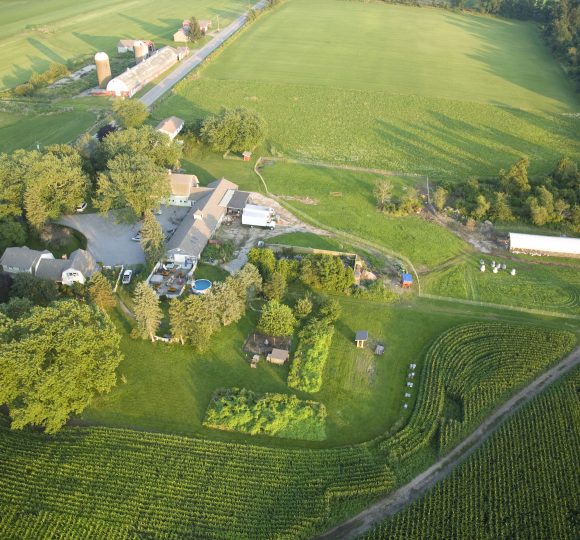California’s Central Valley is the nation’s most important agricultural resource, producing 250 different commodities worth more than $13 billion a year. The valley’s population is expected to triple between now and the year 2040, putting tremendous pressure on agricultural land and public services. Low-density urban sprawl would consume more than 1 million acres of farmland by 2040 and could reduce the value of agricultural products grown in the Central Valley by about $2.1 billion annually. The tragic waste of agricultural resources and tax dollars can be avoided by encouraging more compact, efficient growth in the Central Valley. Basic goals that would improve the bottom line for Central Valley agriculture and taxpayers are: Housing developments that make more efficient use of land; commercial development and public facilities that minimize the amount of farmland and water they consume; new development that is contiguous to existing developed areas; maximum infill development of vacant and underused land within city limits. A GIS database created to generate and manage data on existing land uses and spatial relationships was used to characterize current growth patterns in the region and to calculate probabilities for future development. With stronger planning and political leadership supporting a compact-development pattern, the projected land loss could be reduced by more than half. The use of reasonable urban design strategies can reduce the total farmland loss to 475,000 acres, of which only 266,000 are prime or statewide important farmland. An economic analysis of low density versus compact urban growth projects by 2040 a growth of 8 million new residents, while the growth of employment is estimated at more than 3.2 million jobs.
Publications
Alternatives for Future Urban Growth in California’s Central Valley: The Bottom Line for Agriculture and Taxpayers, Summary Report
Publication Name
AFT Publication
Downloadable Documents
Author
Edward Thompson, Jr.
Publisher
Davis, CA: American Farmland Trust
Page Numbers
17
Publication Date
October 01, 1995
Publication Type
Reports and Guides
et al. Author(s)
Erik Vink, Tim Dunbar
State
California
Keywords
Cost of Sprawl, Land Use Changes, Land Use Planning





